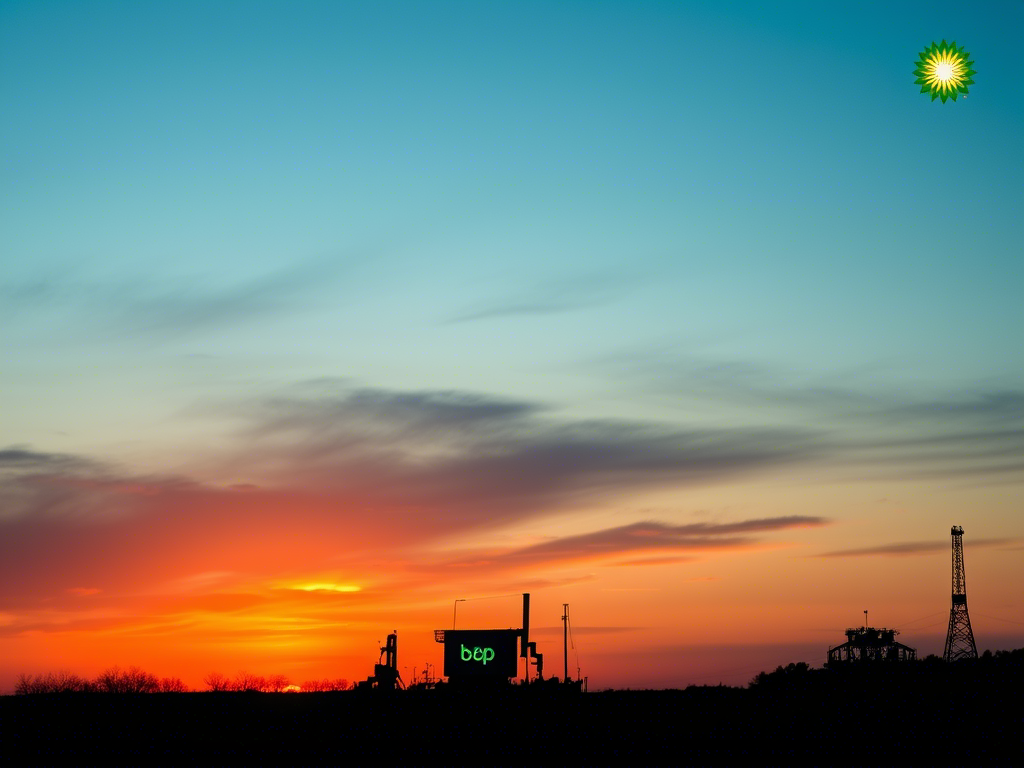bp groeit, benzine, climate goals, brandstof,
Introduction
The global energy landscape is undergoing a profound transformation as the world seeks to combat climate change and transition to sustainable practices. At the heart of this shift is BP, one of the world’s leading energy companies, which faces the dual challenge of maintaining its growth while aligning with ambitious climate objectives. The phrase “bp groeit, benzine, climate goals, brandstof,” a mix of Dutch and English terms meaning “BP grows, gasoline, climate goals, fuel,” reflects growing public interest in how BP balances its expansion with environmental responsibilities. This article delves into BP’s journey, examining its growth, its reliance on gasoline and fuel, and its strategies to meet climate goals.
BP’s Growth in the Energy Sector
BP has long been a titan in the energy industry, and its growth trajectory remains robust despite the shifting dynamics of the global market. In 2023, BP reported a 10% increase in revenue, driven by a combination of traditional oil and gas operations and emerging investments in renewable energy. This growth demonstrates BP’s adaptability in a world increasingly focused on sustainability, positioning it as a key player in shaping the future of energy.
Expanding Market Presence
BP’s expansion is not limited to financial metrics. The company has bolstered its global presence through strategic acquisitions and partnerships. For example, its acquisition of a majority stake in Lightsource BP, a leading solar energy developer, has enhanced its renewable energy portfolio. This move reflects BP’s commitment to diversifying its offerings while continuing to meet the energy demands of millions worldwide.
Investments in Renewable Energy
Beyond traditional fossil fuels, BP is making significant strides in renewable energy. The company aims to increase its renewable energy capacity to 50 gigawatts by 2030, a target that includes investments in solar, wind, and hydrogen projects. These efforts are a response to the growing demand for cleaner energy sources and a recognition that the future of fuel must evolve. Yet, as the keyword “bp groeit, benzine, climate goals, brandstof,” suggests, BP’s growth is still closely tied to its legacy in gasoline and fuel production, raising questions about how it reconciles these dual priorities.
The Role of Gasoline and Fuel
Gasoline and other fossil fuels remain integral to the global energy mix, powering transportation and industry across the planet. In 2022, global gasoline consumption reached approximately 25 million barrels per day, underscoring its enduring importance. For BP, a major producer of gasoline (“benzine” in Dutch), this reality presents both opportunities and challenges as the world shifts toward greener alternatives.
The Decline of Gasoline Demand
The rise of electric vehicles (EVs) and stringent emission regulations are reshaping the future of gasoline. By 2035, some analysts predict that EVs could account for over 30% of global vehicle sales, reducing demand for traditional fuels. BP must navigate this transition carefully, as its core business remains tied to gasoline and other fuels (“brandstof”). The company’s ability to adapt will determine its long-term success in a decarbonizing world.
BP’s Strategy for Fuel Transition
To address these shifts, BP is investing in low-carbon fuels and advanced technologies. For instance, it is developing biofuels made from renewable sources and exploring hydrogen as a cleaner alternative for heavy transport. Additionally, BP is enhancing the efficiency of its gasoline products with formulations that reduce emissions. These innovations reflect a strategic pivot aimed at maintaining relevance in a changing energy landscape while still addressing the concerns embedded in the phrase “bp groeit, benzine, climate goals, brandstof.”
Balancing Growth with Climate Goals
BP has pledged to become a net-zero company by 2050, an ambitious goal that requires slashing emissions from both its operations and the products it sells. This commitment places BP at a crossroads: how can it sustain its growth (“bp groeit”) while reducing its reliance on gasoline (“benzine”) and other fuels (“brandstof”) that contribute to climate change? The answer lies in a delicate balance of innovation, investment, and accountability.
Challenges in Meeting Climate Targets
Despite its pledges, BP faces significant hurdles. Environmental groups, such as Greenpeace, have criticized the company for prioritizing fossil fuel production over renewable energy investments. A 2023 report revealed that BP’s spending on oil and gas exploration still outpaces its renewable energy budget by a factor of three. This disparity fuels skepticism about whether BP’s growth can truly align with its climate goals, a tension captured in the public’s curiosity about “bp groeit, benzine, climate goals, brandstof.”
Opportunities for Innovation
On the flip side, BP’s scale and expertise offer unique opportunities to lead the energy transition. The company is exploring carbon capture and storage (CCS) technologies, which could trap emissions from its fossil fuel operations. BP has also partnered with companies like Ørsted to develop offshore wind projects, leveraging its offshore drilling experience in new ways. These initiatives highlight how BP can use its fuel production knowledge to pioneer sustainable solutions.
Economic and Social Implications
BP’s strategies also have broader implications. Its shift toward renewables could create thousands of jobs in emerging sectors, offsetting potential losses in fossil fuel industries. However, this transition must be managed equitably to support communities dependent on traditional energy. Geopolitically, reducing reliance on fossil fuels could reshape global energy markets, with BP playing a pivotal role in this evolution.
Conclusion
BP’s journey mirrors the broader challenges facing the energy industry as it navigates the twin demands of growth and sustainability. The phrase “bp groeit, benzine, climate goals, brandstof,” appearing in searches and discussions, underscores the public’s desire for transparency about how BP is addressing these issues. As the company grows, it must reconcile its historical reliance on gasoline and fuel with its forward-looking climate commitments. Achieving this balance will require not only technological innovation and strategic investments but also a genuine dedication to a sustainable future. BP’s actions in the coming years will shape not just its own legacy but the trajectory of the global energy sector.
